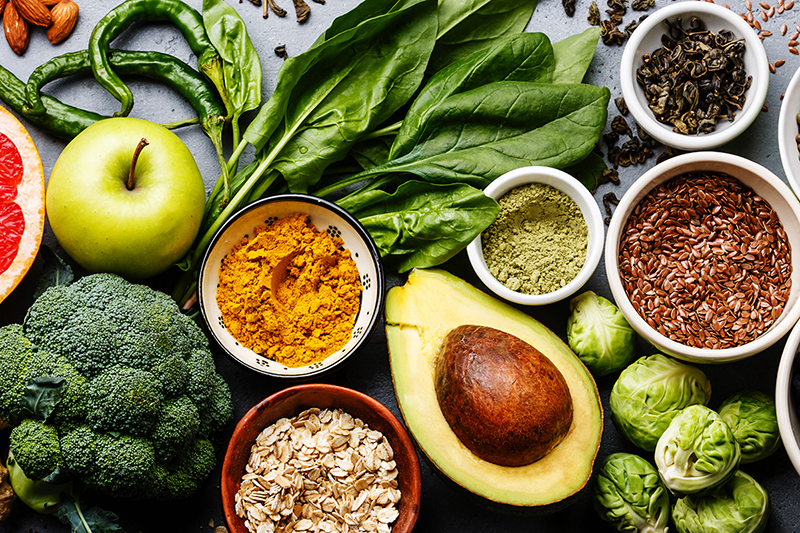How to Eat Healthy: Add More Color to Your Diet
Don’t worry about your lack of nutrient know-how—creating a healthy diet is as easy as eating the rainbow.

We all know healthy eating is a key component to feeling good and fighting disease. But navigating the world of nutrition with words like, carotenoids and lycopene can seem complicated. What is an antioxidant, anyway? Don’t worry about your lack of nutrient know-how—creating a healthy diet is as easy as eating the rainbow. Here’s why:
Variety in color is echoed by variety in nutrients
Research suggests consuming foods in a variety of different colors can help ensure you are getting all the essential nutrients, vitamins, minerals, and fiber your body needs for top performance. Eating a wide range of colors will get you a wide range of nutrients. And, when you consider color, you are likely to include items from all food groups in your meal.
Related: The Importance of Proper Nutrition as We Age
More color makes food more appealing
When it looks better, it tastes better. Color is the single most important sensory cue when it comes to setting expectations regarding the likely taste and flavor of food and drink. Studies show changing the hue or saturation of colors in food and beverages can change the perceived taste. If you like the color of your food, you’re more likely to enjoy the taste.

A food’s color is a signal of what’s inside
You’ve probably heard that you should eat leafy greens for irons and purple berries for antioxidants. It turns out, a food’s color is a natural labeling system for the nutrients we need. By eating food from each of the color groups, you can increase your overall nutrition.
Here are just a few things food color groups can do for you:
- Red foods are good for the brain and circulatory system
- Orange foods are best known as immunity boosters
- Yellow foods promote good digestion among other benefits
- Green foods strengthen muscles, bones, and teeth
- Purple foods have been shown to lower the risk of some cancers
- White foods helps boost the lymphatic system
Intense color means intense flavor
From deep purple berries to bright yellow habaneros, native fruits and vegetables that are more vibrantly colored are likely to be more intensely flavored. Ripe foods are often richer in color than when they are unripe. Color saturation is a signal to the brain that the food is full of flavor and ready to eat—as you know, the reddest strawberries taste the juiciest.
Colorful food makes you feel better
A bright and colorful plate can boost your mood and your appetite. Dull colors like gray, brown, and black can sap your energy and make you feel less hungry. However, a plate full of visually appealing peppers or berries makes you anticipate your meal.
Certain kinds of foods release of dopamine, a mood enhancing chemical, into the bloodstream. Among the most potent sources are apples, bananas, and berries. That fruit salad or smoothie will not only improve your health, but your happiness, too! Do you want to know more about mood-enhancing foods?




